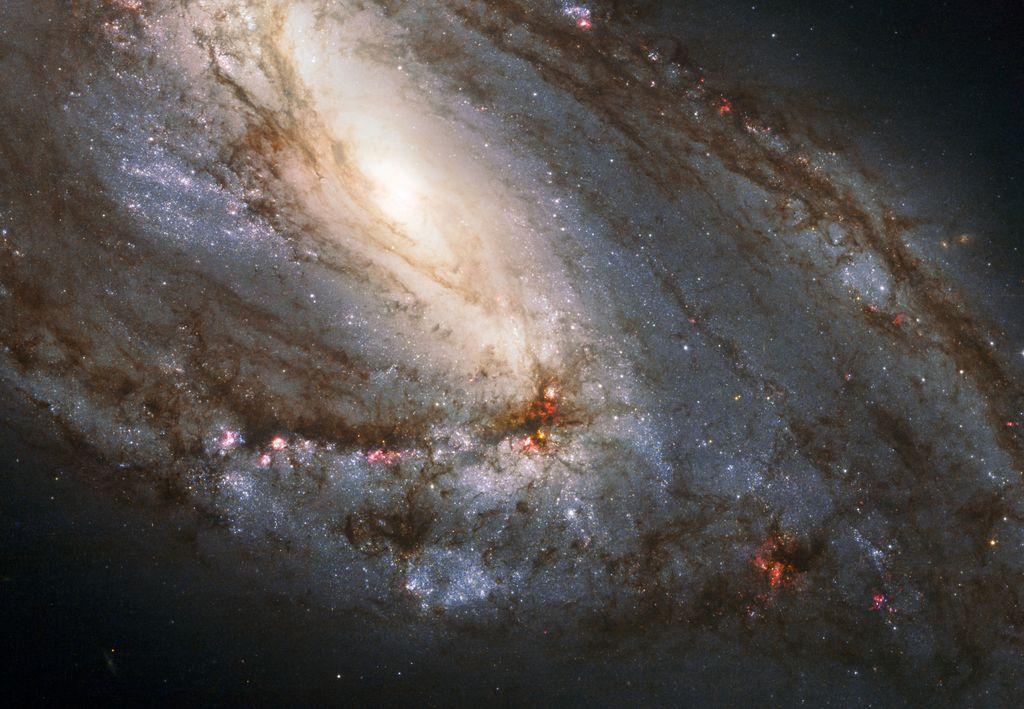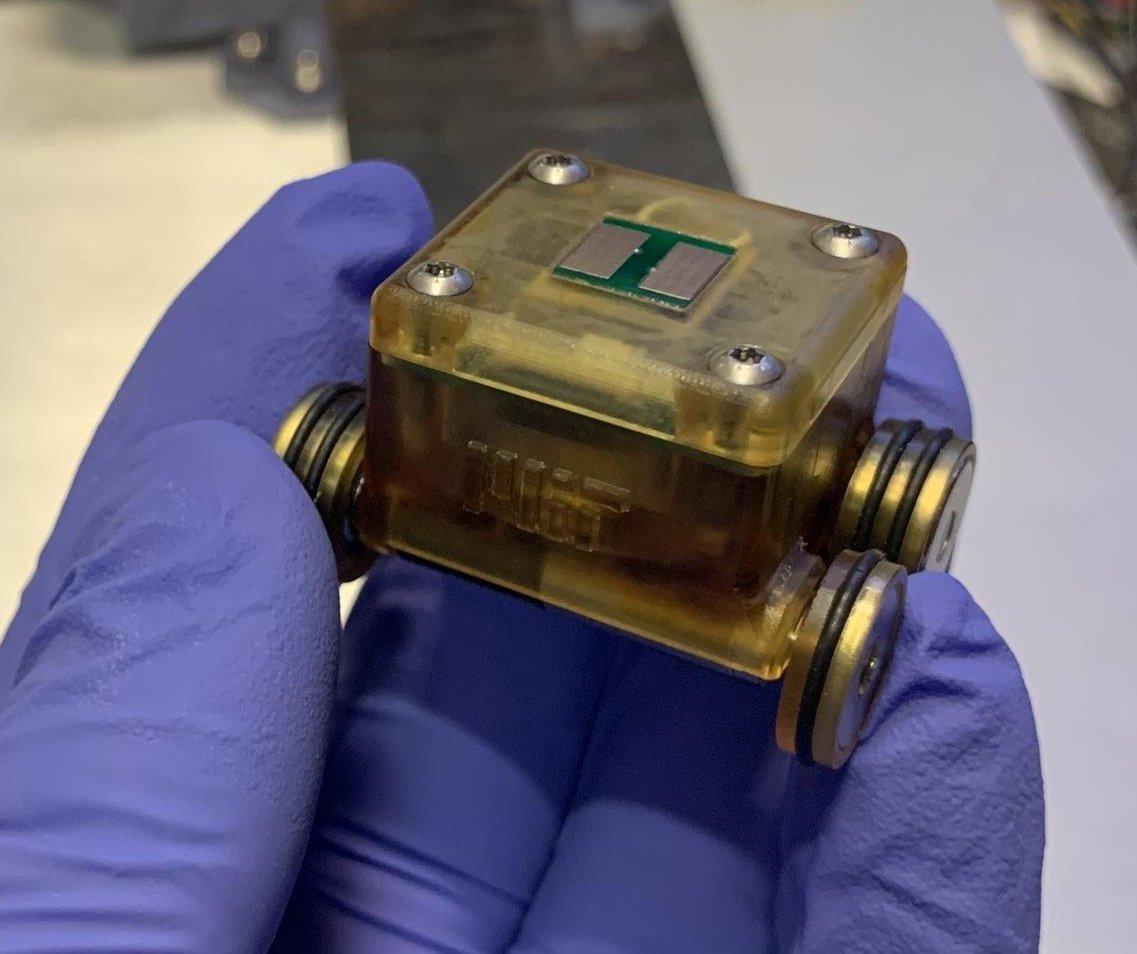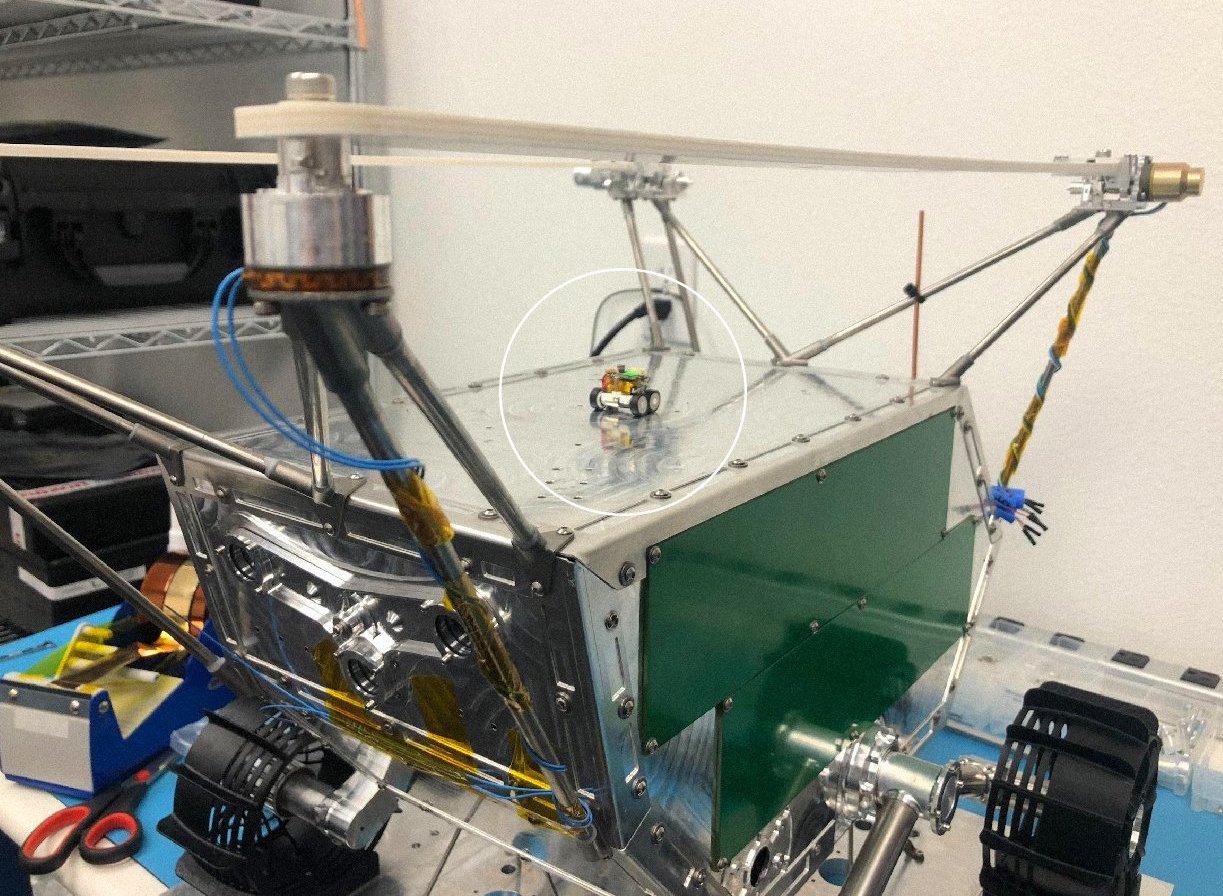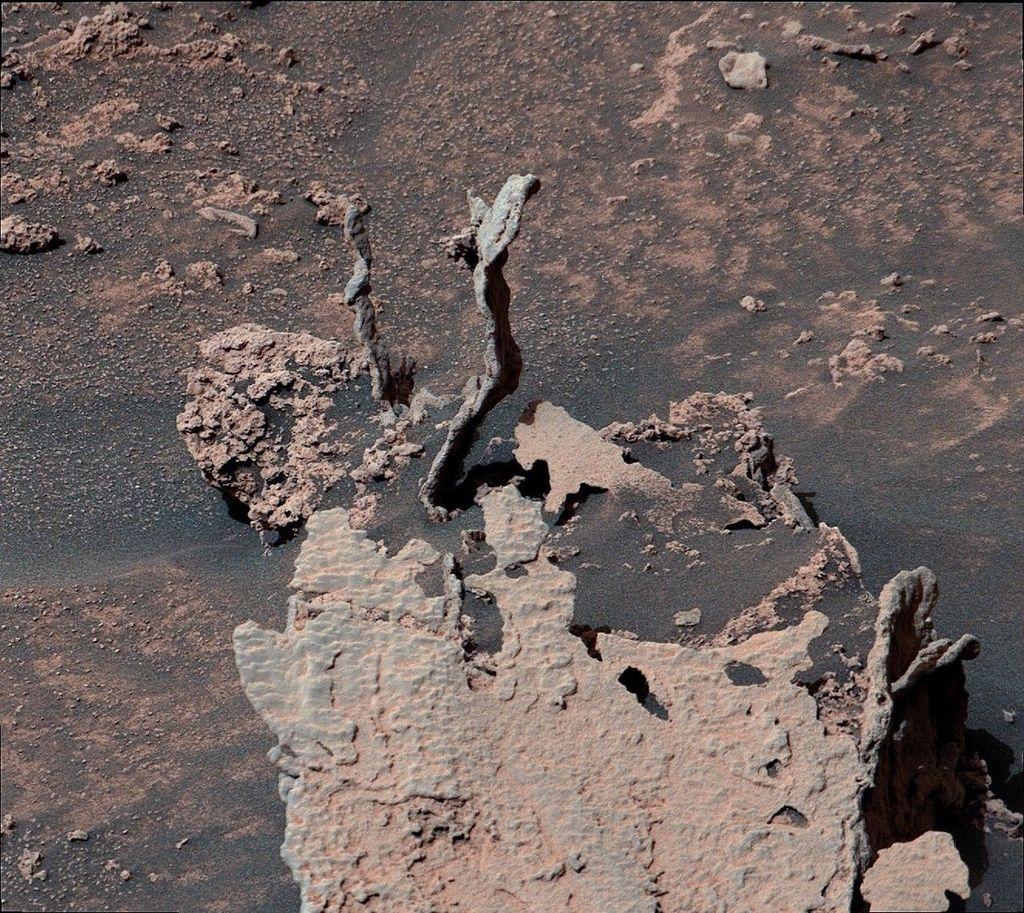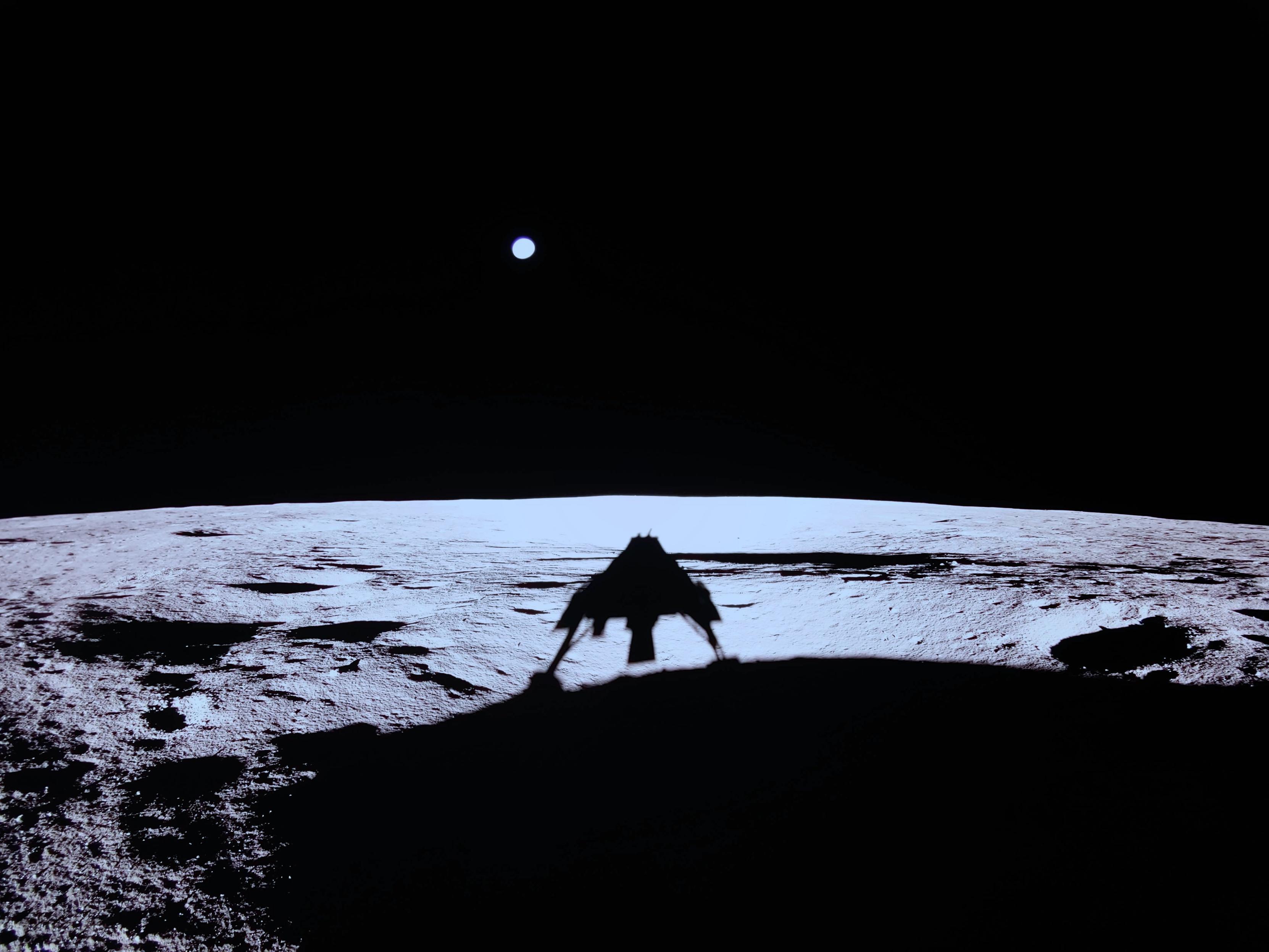Content Warning
A new report reveals that Barnard's star (closest single star to the Sun) has a whole system of planets.
People have been seeking planets there since the '60s. Now we've found them--four rocky worlds, 1/4 the mass of Earth, in tight orbits around their tiny red star.
https://noirlab.edu/public/news/noirlab2510/ #space #science #nature
